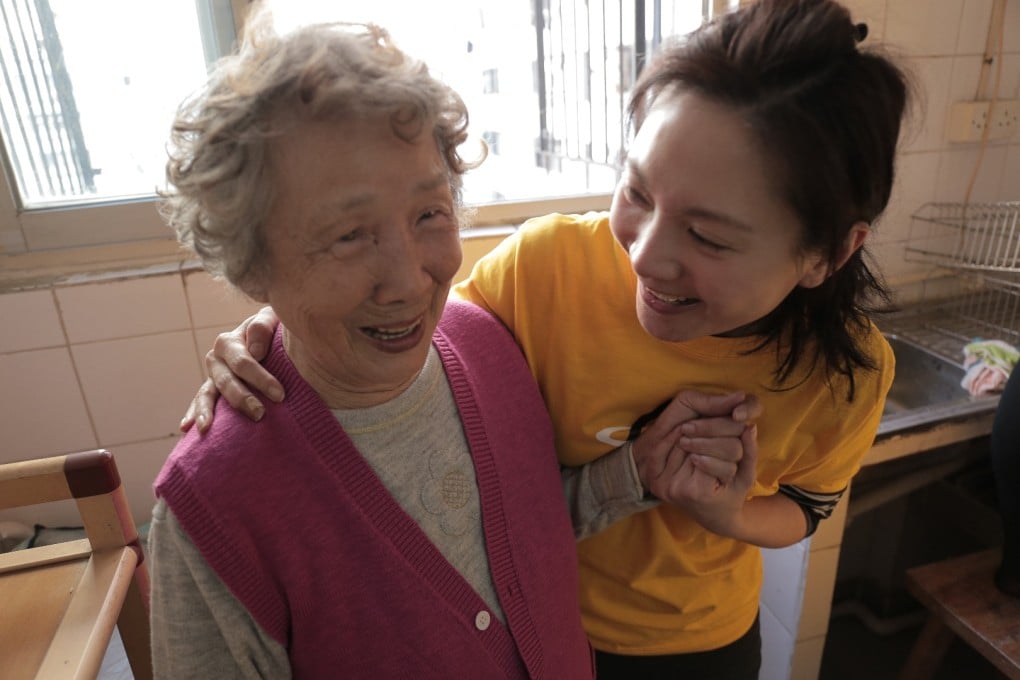China offers incentives to develop elderly care in face of ‘alarming’ population ageing
Biggest barrier to alternative ways of care for the elderly is whether new services and options can match people’s needs – and whether they are affordable

China is growing old at an alarming rate, at an inopportune time. Projections estimate China’s elderly population will be larger than that of the United States by 2020, the surge coming at a time when family ties are weakening as urbanisation and all that it represents shifts the family dynamic.
Senior care facilities are rare in China, and many that have heard of such facilities are not eager to move there. Yet, in late 2014, China’s Ministry of Civil Affairs (MCA) and Ministry of Commerce jointly announced they had opened up the for-profit senior care institution and services industry for investment, hoping that international investment will help deliver the senior care services needed before the country’s old-age dependency gets too great.
“Demographic and socioeconomic changes are happening so rapidly that the traditional way of family care for the elderly in China is getting seriously strained,” says Feng Zhanlian, senior research analyst at research institute RTI International.
“More than three decades of one-child family policy have made the situation even worse. So the demand is clear and running high.”
One of the more attractive incentives that the government is offering is the opportunity to operate the business as a “wholly foreign-owned” enterprise. In the past, foreign investors looking to participate in the industry would have had to partner with a local company. Such partnerships are now optional.
Feng says that while there are many senior care facilities that operate in “a very profitable niche market catering to a minority of superrich seniors”, it is the affordable senior care facilities that offer the most opportunity for long-term success, adding that the Chinese middle-class consumer is discerning.
